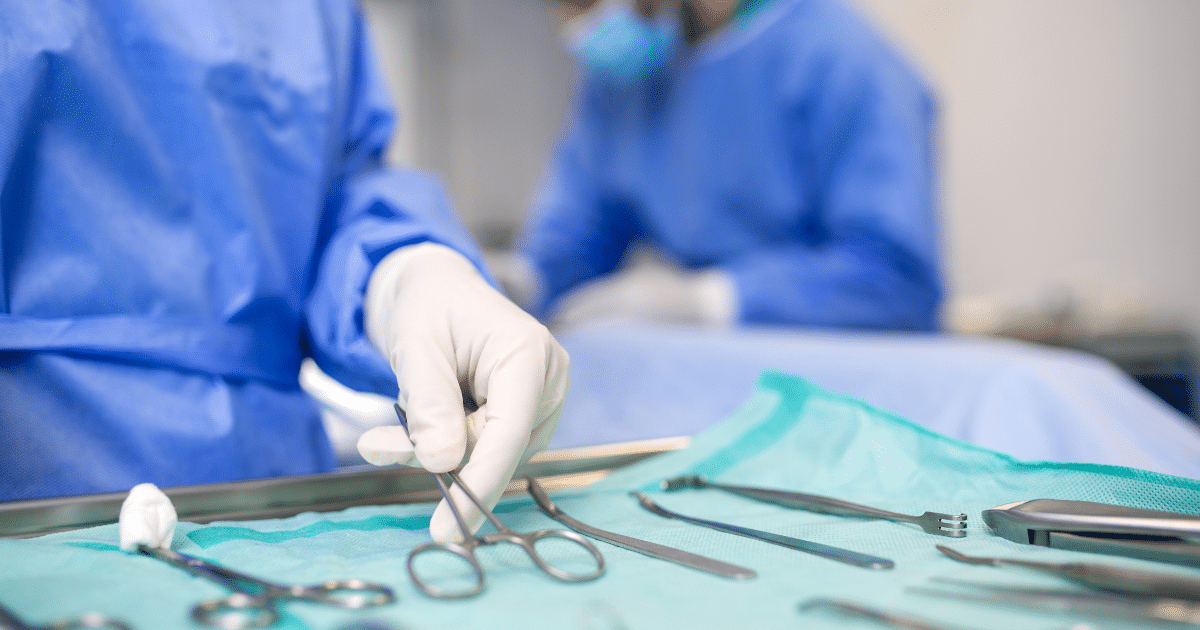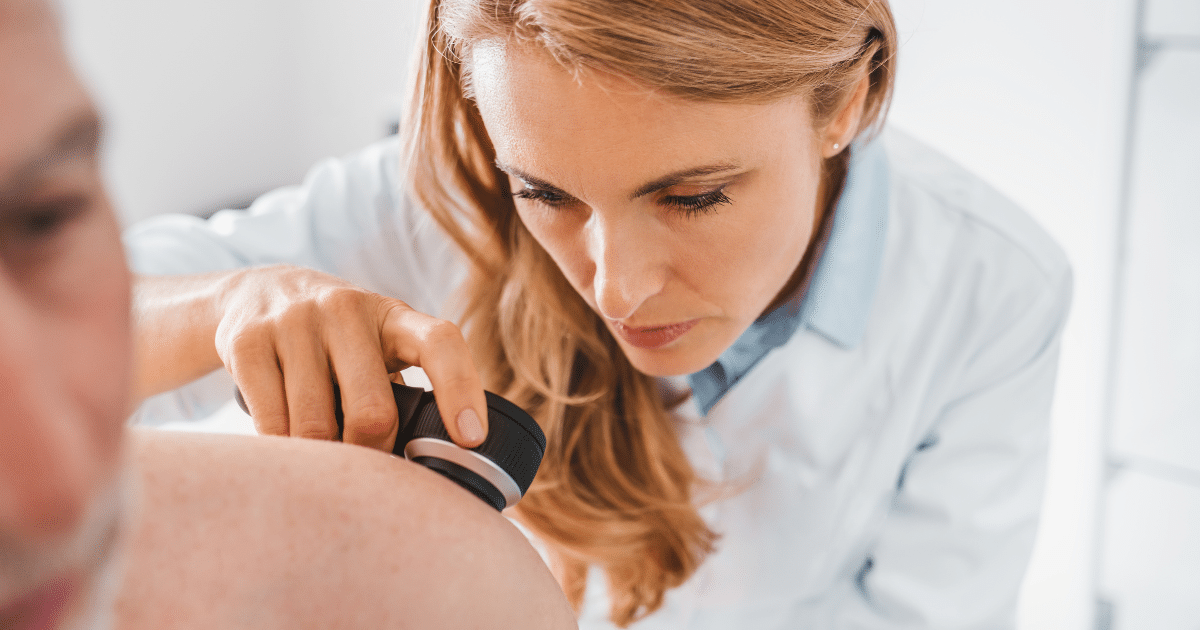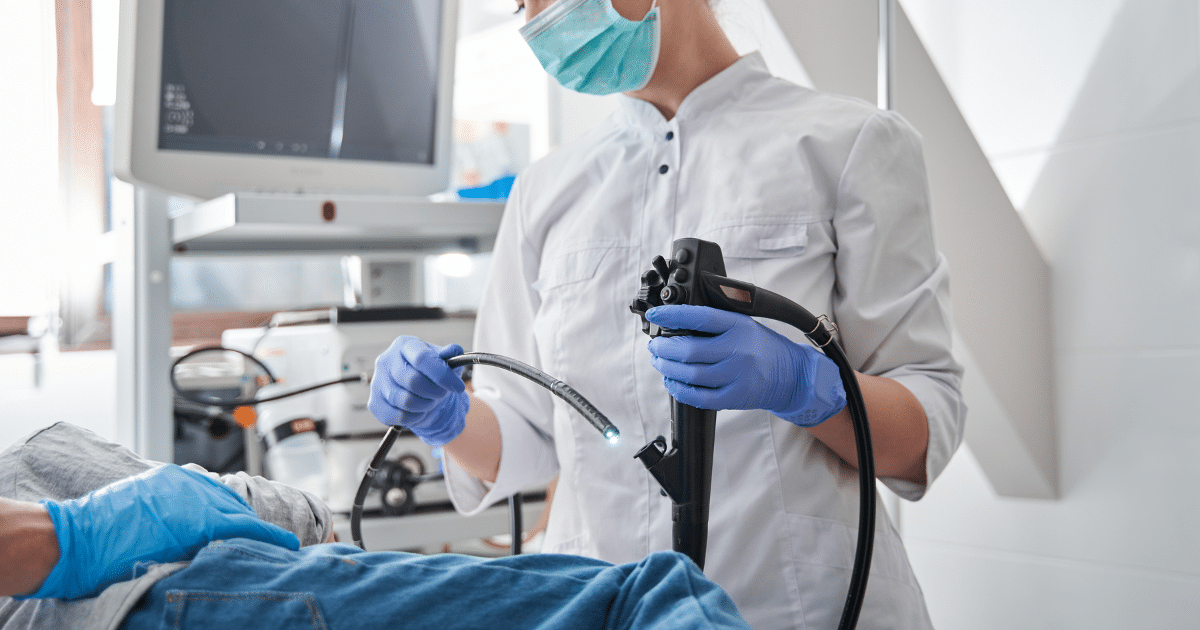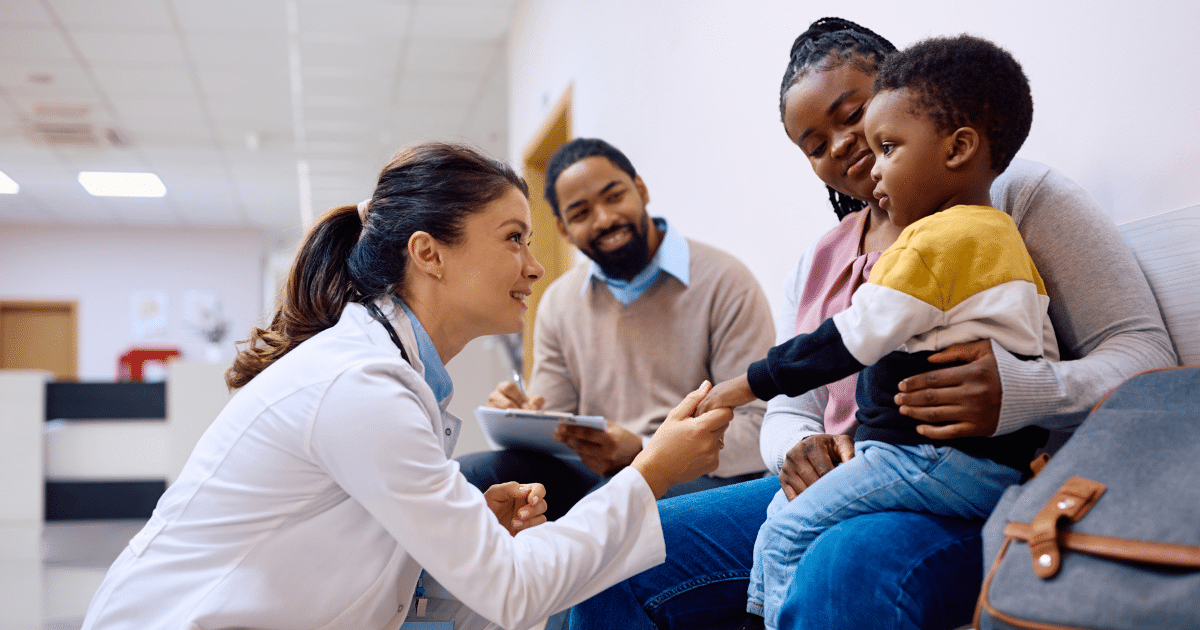“Herd immunity”, or community immunity, has become a recent household term renowned by COVID-19, and is often used by healthcare workers to describe how to decrease the number of COVID-19 infections. But what is herd immunity and how can it affect you and your family?
Herd immunity happens when a large portion of a population becomes immune to an infectious disease through vaccination or natural infection. To put it simply, herd immunity slows the rate of infection and acts as a barrier against disease. There are many factors that contribute to achieving herd immunity, including how contagious a disease is, vaccine effectiveness, speed of vaccination and length of immunity. Achieving herd immunity depends on how contagious a virus is as the more contagious it is, the greater the proportion of the population needs to develop immunity to stop its spread. Typically, between 50-90% of a population needs immunity to a virus to reach herd immunity.
Herd immunity can be beneficial for a community, as it protects at-risk populations, such as infants, the elderly or those living with certain medical conditions, from developing a potentially harmful disease that they possibly can’t fight off on their own.
COVID-19 and Herd Immunity
The reproduction number (called R0) determines if herd immunity is achieved. The R0 is the average number of people that a single person with a virus can infect if other people are not already immune to the virus. At this time, scientists believe that the R0 for COVID-19 is between two and three, meaning that typically a person infected with COVID-19 has the potential to spread the virus to two to three other people.
When the coronavirus first began spreading, there was virtually no resistance to it; this is how it was able to so quickly spread. Generally, if a virus has an R0 that is greater than 1, this means that the rate of infection will increase over time. If a virus has an R0 that is less than 1, it means that the number of infections will likely decrease.
How to Achieve Herd Immunity
Vaccinations play a positive, safe role in reaching herd immunity. If you look back at the history of infectious diseases in the U.S, vaccines were critical for stopping the spread of once common yet deadly diseases such as the measles, mumps, polio and chickenpox. Vaccines, such as the COVID-19 vaccine, stop the spread of virus without causing the intense illness or complications that occur through infection. In addition, certain populations who are unable to receive a vaccine yet, such as newborns or people who are allergic to the vaccine, are also able to benefit from herd immunity through the vaccination of others.
Numerous studies show that the COVID-19 vaccines are effective at preventing infection and if you do become infected, it will decrease the severity of your symptoms. The CDC states that COVID-19 vaccines have undergone the most intensive safety monitoring in U.S. history.
The other way to achieve herd immunity is through resistance, which requires most of a population to become infected with a virus. After a sufficient amount of people in the community have become infected and recovered, they develop the antibodies which will help protect them from future infection. However, this is not an ideal approach when dealing with a virus that is particularly contagious, such as the coronavirus, because many people can become infected at once, leading to a sharp spike in hospitalizations. In addition, it is still not yet been determined if or how long a person is immune to future infection after developing the antibodies.
Herd Immunity and the COVID-19 Vaccine
The CDC is still studying how many people are needed to become vaccinated before herd immunity is reached to the coronavirus. At this time, health experts suggest that herd immunity to COVID-19 may require approximately 70-90% of the population to have immunity. For context, the high end figure is around the same population of immunity level that is needed to stop a measles outbreak.
Experts are also still studying how long immunity lasts to COVID-19 from the vaccine and infection. Health experts also recommend receiving the vaccine even if you have already been infected with COVID-19, as they do not yet know how long you are protected from getting sick again after recovering.
As the COVID-19 vaccines continue to become available across the U.S, experts urge vaccination as the next smart step for achieving herd immunity. To learn how to get the COVID-19 vaccine in Connecticut, click here.
If you are not currently a patient at PACT and are searching for a Connecticut-based, board-certified family medicine or internal medicine specialist, PACT is currently accepting new patients. Click here to find a provider near you.
Looking For a Primary Care Doctor in Connecticut?
PACT Primary Care is Accepting New Patients!
Locations throughout Connecticut in Guilford, Hamden, Madison, Milford, New Haven, Orange, West Haven and Wallingford.
To schedule an appointment, request an appointment online here or call a local center near you.








